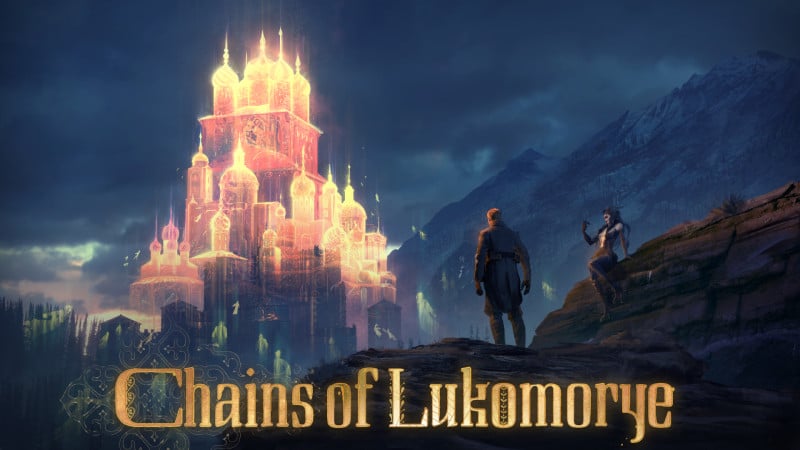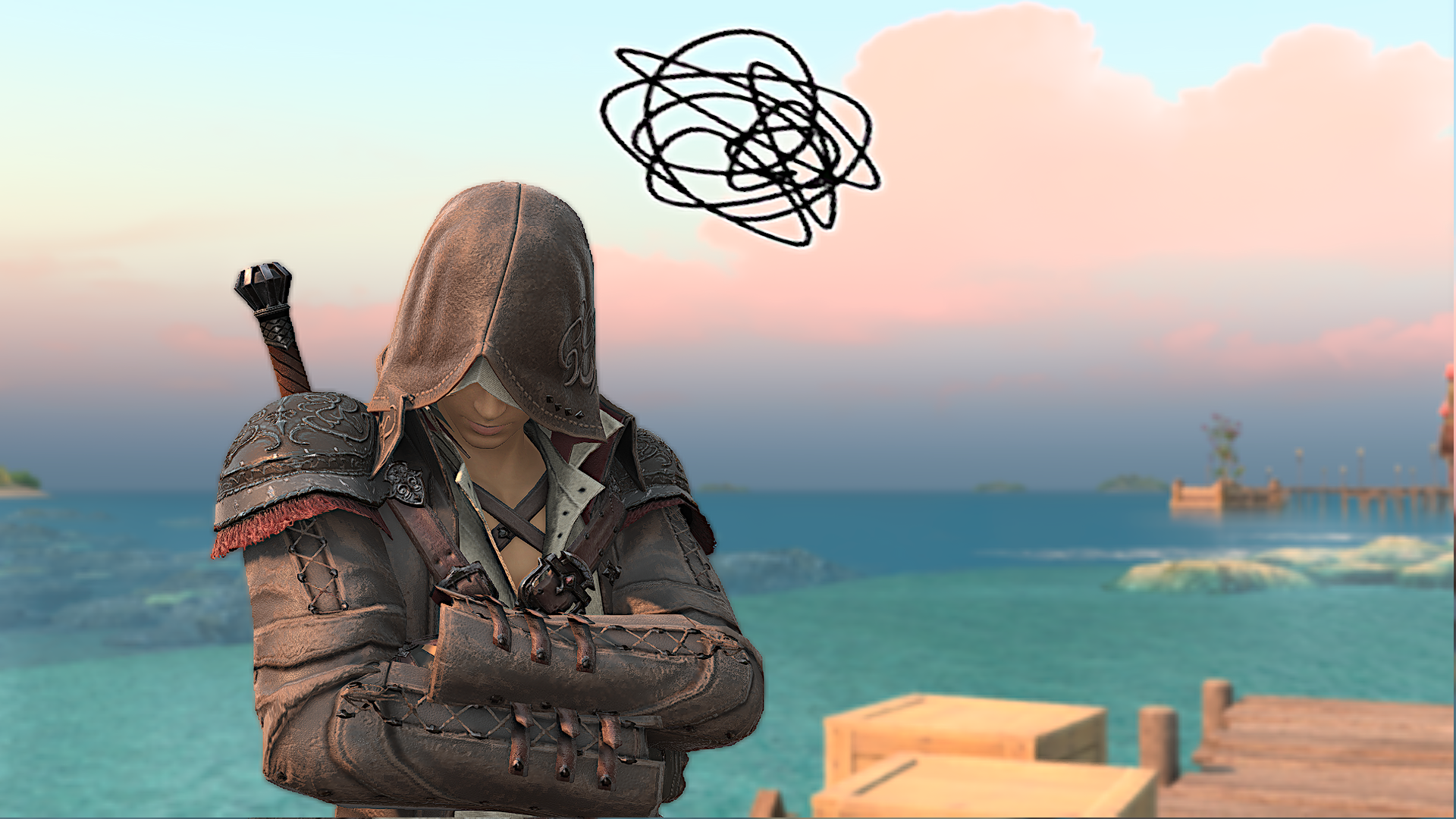
A few days ahead of visiting EA Motive for our Dead Space-focused IGN First, I played the original game for the first time since 2008. I only intended to play the first hour or so, but seven hours later I found myself still battling through the rusted corpse of the USG Ishimura. I always knew Dead Space was a modern classic, but I was surprised just how well it stood up all these years later. And so I headed to meet the developers with a slightly cynical mindset: what was the point of remaking something that remains so brilliant?
After playing the same seven hours of the remake, I think I may have been convinced. In many ways Dead Space is a purist’s remake; I’d estimate that around 85% of what I experienced was identical to the original game, just with vastly superior visuals. But it’s the other 15% that has me quietly wondering… could this remake genuinely be better than its progenitor?
Many of these changes are gameplay improvements, several of which are drawn directly from Dead Space 2. The zero gravity sequences now allow you to move freely in all directions, rather than hop from surface to surface. This obviously allows for a better sense of freedom, but segments redesigned around this ability are notably more interesting than their original counterpart. The centrifuge generator puzzle in chapter three is now a genuine spectacle, while the ADS cannon repair job has been completely changed to be a dangerous space walk that amps up the tension.
The 2011 sequel’s influence can be found in your weapons, too, which can now be fitted with a variety of special upgrades that alter their function. The Plasma Cutter, for instance, can be modded with an extended magazine and the ability to set foes alight for damage-over-time. The Ripper, meanwhile, can fire blades that ricochet around the room, allowing for trick shots.
I found the new secondary abilities to be much more useful than those in the original game.
Such modifications are found hidden around the ship, and so they act as encouragement to explore every room and store cupboard. But thanks to a new Security Clearance system, you’re initially locked out of many side locations you discover. As the story progresses you’re granted increasing levels of clearance, and so you can then backtrack through the now-seamless spaceship to open doors that were once forbidden. This interconnected design and backtracking turns the Ishimura into something closer to the Talos-1 station from Prey; a huge structure that feels like a genuine place rather than a series of video game levels. It’s an admirable direction, but I’ve yet to see exactly how well it’s used across the full campaign. My hope is that Motive has smartly weaved backtracking into the main missions and the newly-added side quests to allow for organic revisits of prior areas, rather than making backtracking a segregated chore.
Regardless of if you’re backtracking or making forward progress, Dead Space is full of horrifying necromorphs that threaten to rip you limb from limb. Much has already been made of the new ‘peeling system’ that rips the skin, fat, and muscle layers away from enemies with each new wound, but there’s more to this grotesque idea than just visceral visuals. Much like how protagonist Isaac Clarke has a health bar built directly into his suit, the necromorphs’ own bodies are now a visual representation of their health. This is never more obvious than when using the Force Gun, a weapon that has been completely overhauled for the remake. What was once simply a push-back weapon now rips the flesh off of enemies with a thunderous blast. The stripped down necromorphs can then be finished off with a more conventional weapon; their exposed bones ready to be snapped with just a round or two.
Talking of weapons, each one of Isaac’s lethally repurposed tools has been redesigned to encourage a new level of strategy. Dismemberment is still the main aim of every skirmish, but the flamethrower’s new alternate fire creates a wall of searing flame that can cordon off areas and manage crowds, while the Pulse Rifle’s new proximity mine works as both a trap and a makeshift grenade launcher. These are small changes, but I found the new secondary abilities to be much more useful than those in the original game, and they soon became a regular part of my combat routine.
My favourite change I’ve seen so far, though, are the Circuit Breakers. These occasional puzzles require you to reroute power to different machines, typically to open up locked doors. Each breaker box has a limited number of fuses and so powering up a door is done at the expense of powering down something else. In an early example this involved turning off an elevator I no longer needed, but in chapter three I was confronted with a much more intriguing sacrifice: to power up a refuel station I had to divert energy away from either the engineering deck’s lights or life support systems. It was a choice: should I stumble onwards in pitch-darkness and risk being ambushed by unseen threats, or navigate well-lit corridors while my air supply rapidly ran dry? It’s a smart way to combine challenge with player choice, and I hope this example is the first of many fiendish scenarios rather than a one-off occurrence.
There’s the sense that elements of Dead Space 2 are being retrofitted into the original.
Graphics aside, the most notable change right from minute one is the alterations to the script and storytelling. Once-silent protagonist Isaac can now speak, and while I do think this is largely unnecessary, he thankfully hasn’t been turned into an overly-chatty Sony character. Rather than quipping at everything, Isaac’s ability to respond anchors him into the horrifying situation in a realistic manner. Gunner Wright, the voice actor who brought Isaac to life in the sequels, reprises the role, and so once again there’s the sense that elements of Dead Space 2 are being retrofitted into the original.
Isaac’s new scripting is pretty good, but the best changes have been made to Kendra Daniels. Once an incredibly thorny character, she’s been transformed into a much more empathetic, friendly colleague for Isaac. For anyone who knows the final direction of Dead Space’s story, I think Daniels’ revised personality will work much better with her character arc (provided, of course, the story’s main plot beats remain intact.)
Talking of the story’s pathway, the church of Unitology – a religious sect and major player in the Dead Space universe – is introduced much earlier in this remake and in a far more organic manner. These characters know the church’s reputation and casually discuss it, even before they are aware that it will change their lives forever. It’s an approach I really appreciate, and I think the eventual plot reveals will be much more meaningful because of it.
Motive has made many smart changes to Dead Space, but it never shakes things up to the point of being unrecognisable. The result, at least across the first several chapters, is something that feels similar in philosophy to a director’s cut (albeit a director’s cut that’s completely re-filmed on brand new sets). This experience appears largely the same as the 2008 original, but honed and polished to a beautiful, gory finish. As such, this remake will likely work best for brand new players or the most dedicated Dead Space fans. As someone who loves the original game, I found what I played an absolute thrill. But for less invested fans the value is of a more questionable quantity, since even with the changes this is an incredibly similar experience. As such I don’t think Dead Space will be as essential and transformative as the Resident Evil 2 remake was. As the best possible way to play this landmark survival horror, though? I have near enough no doubt that Dead Space will succeed in that mission.
Matt Purslow is IGN’s UK News and Features Editor.





